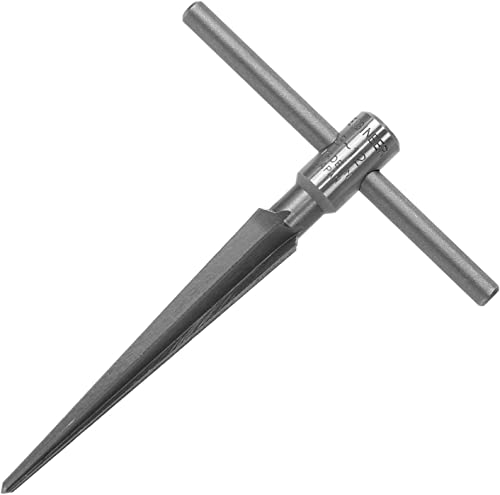Reamers vs. Drills: Understanding the Key Differences
When it comes to machining and hole-making processes, reamers and drills are two common tools that are often used. While both tools serve a similar purpose of creating holes in a workpiece, they have distinct differences in how they operate and the types of holes they produce. In this article, we will explore the main differences between reamers and drills.
Reamers: Precision and Accuracy
Reamers are cutting tools that are primarily used for enlarging and finishing already drilled holes to achieve close tolerances. They are designed to remove a small amount of material from the walls of the hole, resulting in a smooth and precise finish. Reamers come in a variety of shapes and sizes, including straight flute, spiral flute, and expansion reamers.
One key advantage of reamers is their ability to produce extremely accurate and high-quality holes. They can create holes with tight tolerances, ensuring a precise fit for other components or fasteners. Reamers are commonly used in various industries, such as automotive, aerospace, and precision manufacturing, where precision and accuracy are crucial.
Drills: Speed and Efficiency
Drills, on the other hand, are cutting tools that are primarily used for creating holes in a workpiece. They remove material by rotating and making a cutting action as they are pressed into the material. Drills are available in various types, including twist drills, center drills, and step drills.
Drills are often favored for their speed and efficiency when it comes to hole-making. They can quickly create holes in a workpiece, which makes them suitable for applications that require larger holes or when time is of the essence. Drills are commonly used in construction, woodworking, and general metalworking applications.
Cutting Action: Reaming vs. Drilling
The cutting action of reamers and drills is another key difference between the two tools. Reamers cut only on the edges of their flutes, resulting in a precise and smooth hole. They do not have a tip that allows them to initially penetrate the material, which means that a pre-drilled hole is necessary before using a reamer.
On the other hand, drills have a pointy tip that allows them to penetrate the material and start cutting. This makes them suitable for creating holes directly without the need for pre-drilling. Drills also have flutes that remove chips from the hole as they rotate, which helps in creating the hole and preventing heat buildup.
Hole Size and Tolerance: Reamers for Finishing
Reamers are often used for achieving specific hole sizes and tolerances. They are typically used after a hole has been drilled to slightly undersize. The reamer then removes a small amount of material to bring the hole to the desired size and improve its surface finish. This process ensures that the final hole meets the required specifications.
Drills, on the other hand, are commonly used for initial hole-making. They are available in various sizes and can create holes of different diameters based on the drill bit used. However, the tolerance of the hole created with a drill may be slightly larger compared to a hole created with a reamer.
Tool Selection: Reamer or Drill?
The choice between using a reamer or a drill depends on the specific requirements of the application. If precision and accuracy are crucial, such as in aerospace or precision machining applications, a reamer is often the preferred option. It allows for a close-tolerance hole with a smooth finish.
On the other hand, if speed and efficiency are more important, a drill is often the tool of choice. Drills are versatile and capable of quickly creating holes of various sizes. They are ideal for applications where a precise fit or high-level finish is not required.
Overall, reamers and drills are both valuable tools in the machining and hole-making process. Understanding their differences and selecting the appropriate tool for the job can help ensure optimal results in terms of accuracy, precision, and efficiency.






